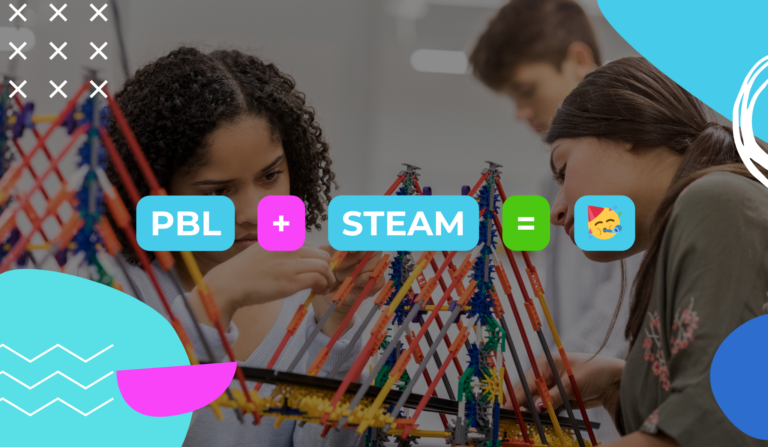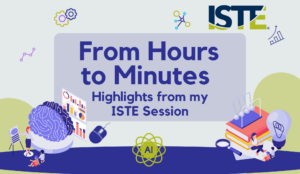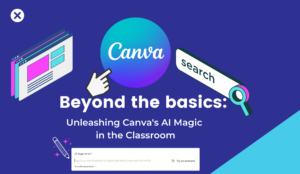Planning for a new school year is one of my favorite things to do. It’s a time to try new things, but sometimes it’s hard to decide what to try. Both Project Based Learning and STEAM Education are popular right now because of their ability to teach students not only the content, but also help prepare them for the 21st Century. Often we hear about STEAM and PBL as two separate things to do, however, they actually can go hand in hand. Students can use design thinking and the engineering design process to work through a PBL Unity.
In A Journey into Design Thinking and the Engineering Design Process put out by PBLWorks, they are “intertwining PBLWorks’ research-informed Seven Essential Project Design Elements model with design thinking and the engineering design process, we unlock a holistic framework that empowers students to become active participants and creators in their STEM learning journey.”
Below you can find a description of the 7 Essential Project Design Elements
- Challenging Question or Problem – “At the heart of both PBL and STEM education lies the importance of addressing challenging problems or questions. By introducing real-world problems that spark curiosity, we ignite students’ passion for exploration and inquiry.”
- Sustained Inquiry – both PBL and STEAM focus on inquiry based learning. By giving the students an opportunity to take a deep dive into a topic, we can achieve sustained inquiry over time.
- Authenticity – “By connecting learning to real-world applications, students gain a deeper understanding of the relevance and purpose behind their studies. Design thinking and the engineering design process provide a framework for students to create authentic, tangible solutions that address genuine needs and challenges.”
- Student Voice and Choice – giving students voice and choice is an important part of both STEAM and PBL. When students feel they have some autonomy over their education, it helps to motivate them and give authenticity to what they are doing.
- Reflection – Reflection is an essential part of learning on a deeper level. Research has shown that reflection helps us learn things at all levels. “Through guided reflection, students develop metacognitive skills and gain insights into their own thinking processes.”
- Critique and Revision – “Embracing critique and revision is vital in the pursuit of excellence. PBL fosters a culture where students give and receive constructive feedback to refine their work. Similarly, STEM education encourages iterative design processes, where students continuously evaluate and improve their prototypes and solutions based on feedback and data.”
- Public Product – “The creation of a public product is a transformative experience for students. PBL emphasizes the importance of sharing knowledge and solutions beyond the classroom walls. In STEM education, students develop prototypes and present their findings to authentic audiences. By incorporating design thinking, students learn to communicate their ideas effectively, considering the needs and perspectives of their audience.”





